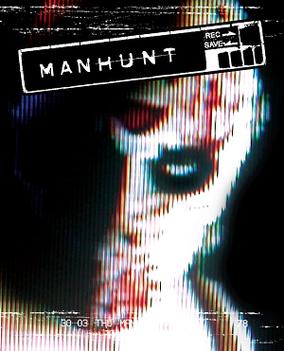In this lesson we had to have a debate about video games. Here is what I found through research.
Pros for video games
- Video games are a great way to relax after school or work. They are good for people who feel tired after a long day of work or school. It is important that people take the time to relax and have fun in this way. It makes people happier as well as more productive when they do work.
- Video games are more interactive than TV. When people watch TV, their brain goes into a low activity state. People who watch TV do not solve puzzles, think about the consequences of their actions, and have any control over the media. Video games on the other hand, can allow you to build critical thinking skills, and some even allow certain amounts of creativity.
- Video games can be played for a flexible period of time. Since you create the time you want for the game, it can keep you entertained from a couple minutes to several hours. Unlike a TV show, the video game turns on and off when you want it to start and finish.
- Gamers gain confidence in their mind and skill. For example, completing a hard video game or a hard level makes you feel a great sense of accomplishment. Since many people play video games, it has taken the role that sports did at one time. Those who are accomplished in playing are looked up to by their friends and social circle.
Examples of games that are deemed as good:
Brain Training
Brain Training helps a wide range of audience with numerical and verbal exercises. Brain Training has such a wide audience because it can be used by anyone. Children can use it to help them learn maths and adults can use it to keep their maths and english in knowledge.
"Our results showed that commercial brain training game improves executive functions, working memory, and processing speed in young adults. Moreover, the popular puzzle game can engender improvement attention and visuo-spatial ability compared to playing the brain training game. The present study showed the scientific evidence which the brain training game had the beneficial effects on cognitive functions (executive functions, working memory and processing speed) in the healthy young adults."
Wii Fit
Wii Fit also helps a wide range of audience with exercising. Wii Fit combines fun and exercise into one, it can help how you exercise how you balance and even how you move. It can make people more healthy and create a better atmosphere.
"I started off doing wii fit. I did an hour 4-5 times a week, focussing on the aerobics and muscle building sections. After 3 months I felt fit enough to restart swimming (after about 25 years of not doing it!) and other more advanced exercises." - fatlazymummy (poster of comment)
Some people think that games such as Wii Fit are behaving under the Hypodermic Needle Theory as people are being made to think that they have to have this product to stay fit and healthy, if they don't have it they could be made to feel lazy. Another thing it could be is reception theory as the audience will take from it good vibes, they'll feel good about themselves and happy after completing tasks that make them feel good.
Some people think that games such as Wii Fit are behaving under the Hypodermic Needle Theory as people are being made to think that they have to have this product to stay fit and healthy, if they don't have it they could be made to feel lazy. Another thing it could be is reception theory as the audience will take from it good vibes, they'll feel good about themselves and happy after completing tasks that make them feel good.
- Some people can become completely addicted. They do not go to work (or school), do not eat properly and do not exercise enough.
- Some people can become desensitized to violence. When they a lot of violent video games. There have been reports of criminals copying violent video game crimes (such as those featured in the controversial Grand Theft Auto series).
- Some people may think that taking drugs, getting drunk and smoking are not harmful. When they are presented in video games without the characters feeling any effects from their behavior.
- Can give people false expectations of real life. As real life cannot be perfectly simulated by video games.
Man Hunt
Man Hunt was a psychological horror game which showed various death scenes of victims throughout the game. The game did become extremely popular but as cases of murders seemed to rise in the UK, a lot of people blamed the game Man Hunt for the deaths. The game finally got banned because a lot of representatives around the world stood up to say the game was showing people how to kill.
"It's just one gruesome kill after another until the violence loses its punch. Too bad that happens after the first couple missions. If you want a stealth game, there are better ones out there. If you want blood, do yourself a favor a buy a tube of red dye #5, instead."
Man Hunt is an example of passive and active consumption as either people have an opinion or they don't. The active people are quick to write up many reviews on the game whereas the passive people just leave it and don't bother a lot. Also uses and gratification falls under this game genre because people could play this sort of game to escape from reality, be in a new world or to take anger out on things in their life, on things in the game.
























